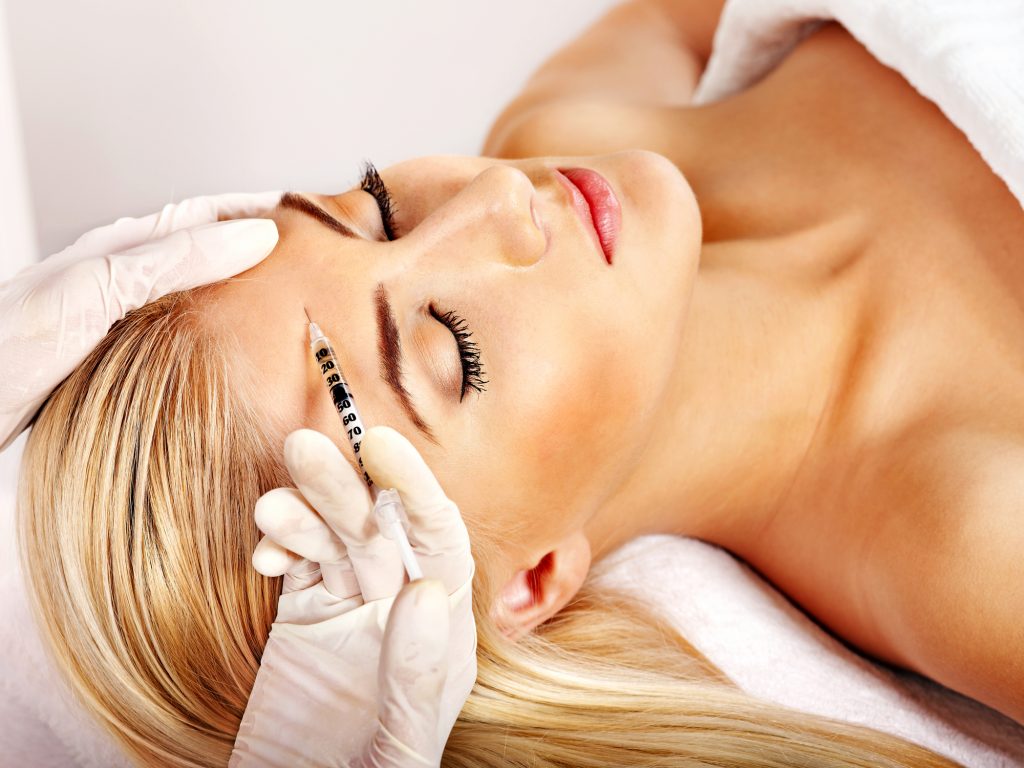What’s the Difference Between Botox and Dysport?

If you are considering injectable treatments for smoother skin, you may become confused by the available options.
When it comes to these treatments, there are both injectable fillers and injectable neuromodulators. Fillers work by plumping the skin, and some also stimulate collagen production. Neuromodulators work by relaxing the muscles that cause wrinkles, therefore smoothing existing lines and preventing additional wrinkles from forming.
This article aims to explain the difference between two common neuromodulator injections – Botox and Dysport. Botox may be the more familiar of the two, but both Botox and Dysport offer excellent wrinkle-reduction and anti-aging results.
So, is there a difference between Botox and Dysport? And which treatment option is right for you?
How Neurotoxins Work
The active ingredient in both Botox and Dysport is the same, and you may have heard of it: botulinum toxin. While this toxin is dangerous if ingested, it is quite safe when injected in carefully controlled amounts by a professional.
The toxin has a paralytic effect on the muscles, meaning it inhibits them from contracting. The end result, when used in a cosmetic application, is that the muscle areas where Botox or Dysport is injected are relaxed. This reduces the look of existing fine lines and wrinkles and inhibits new creases from forming in the skin.
What’s the Difference?
The difference between the two neurotoxins is actually quite minute. Which option is best for you often comes down to the preference of the injector. However, it is helpful to understand how they differ so that you have an idea of how your dosing works and the associated costs.
Formulation
As we mentioned, Botox and Dysport are made from the same botulinum toxin. However, one difference is in the protein that is bound to the neurotoxin. Botox is made of onobotulinumtoxinA while Dysport is abobotulinumtoxinA. This means that while the ingredient that relaxes the muscles is the same, the formulation is slightly different.
Another difference is that Botox is more concentrated than Dysport. This means one unit of Botox is stronger than the same amount of Dysport. However, this does not mean that Botox is the better choice. It is only a difference in dosing, and more units of Dysport may be used to get similar results. This will not necessarily affect the cost of a treatment since a unit of Dysport is less expensive than a unit of Botox. At the end of the day, the treatments are often comparable in price.
Results
The results of both treatments are very similar, although there may be slight differences. For instance, Dysport spreads a bit further within the skin. For this reason, it can be ideal for treating larger surface areas such as the forehead. Botox may be better for targeting smaller areas such as crow’s feet and wrinkles around the lips.
Neither treatment works instantaneously and full results take several days to appear. Despite being less concentrated, Dysport works slightly faster than Botox, and results may appear slightly sooner.
Both treatments last approximately 4 months and carry the same list of potential side effects. They are quite safe, and the risks of side effects are low when the procedures are performed by a trained professional. Results with both options should be maintained with regular injections as they begin to fade.
Which is Right for You?
Choosing which option is best for you is a personal decision. It is best to schedule a consultation and discuss your individual concerns with our experts. We can guide you to the right choice for your anti-aging goals.



